When it comes to selecting the perfect red wine, understanding the differences between popular varieties like Pinot Noir, Merlot, and Cabernet Sauvignon is essential. These three red wines, originating from France, have distinct characteristics and offer unique experiences for the palate. By delving into their rich history, taste profiles, and ideal food pairings, you can make a more informed decision when choosing a bottle for your next meal or special occasion.
Key Takeaways
- Pinot Noir, Merlot, and Cabernet Sauvignon are popular, distinct red wines originating from France
- Each wine has a unique history, taste profile, and production process that sets it apart
- Understanding these differences can help you select the ideal wine for your taste preferences and food pairings
Definition of Pinot Noir, Merlot and Cabernet Sauvignon
Pinot Noir
It is a thin-skinned red grape variety originating from the Burgundy region of France. It is one of the oldest grape varieties used in winemaking, going back over 1,000 years. Pinot Noir enjoys cooler climates and is often grown in regions such as Oregon, California’s Sonoma Coast, and New Zealand. The wines produced from this grape are typically light to medium-bodied with high acidity and showcase fruit flavors such as cherry, raspberry, and red currant. Due to its delicate skin and susceptibility to weather, Pinot Noir can be a challenging grape to grow.

Merlot
This is a popular red wine grape variety that hails from the Bordeaux region of France. While historically used as a blending grape in Bordeaux wines, Merlot wine has gained popularity as a stand-alone varietal in regions like California, Australia, and Chile. Merlot favors warmer climates and produces plump, juicy grapes which contribute to its medium to full-bodied wines. These wines tend to have softer tannins and lower acidity compared to other red wine varieties. The flavor profile of Merlot wine includes tasting notes of red and black fruits, such as blackberry, cherry, and plum, and velvety mouthfeel.

Cabernet Sauvignon
Cab Sauv is arguably the most well-known red wine grape variety in the world, also originating from the Bordeaux region in France. It is renowned for its role in creating some of the most prestigious and long-lived red wines. Cabernet Sauvignon can adapt to a wide range of climates, from cooler regions like Bordeaux to warmer areas like California’s Napa Valley. The grape produces small, thick-skinned berries that result in full-bodied wines with firm tannins and moderate acidity. Typical flavor descriptors for both Cabernet franc and Sauvignon include blackcurrant, black cherry, and cedar, with some herbaceous qualities like green bell pepper evident in wines from cooler climates.
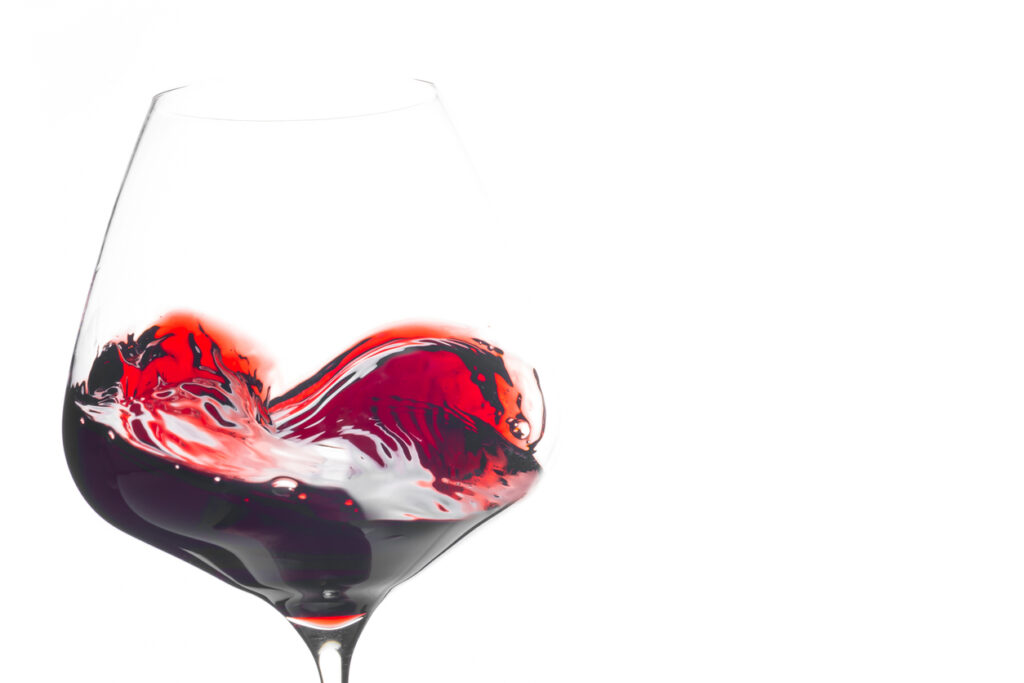
Origin and History of Pinot Noir
Pinot Noir is an ancient grape variety, originating from the Burgundy region of France, dating back almost 2,000 years. Its name comes from the French words “pin” and “noir,” meaning “pine” and “black” respectively, referring to the grape’s bunch and color. Over the centuries, Pinot Noir has spread to various regions worldwide, becoming a popular grape for producing high-quality red wines.
Famous Pinot Noir Regions
Burgundy, France
This French region is the birthplace of Pinot Noir and remains a prominent producer of some of the world’s finest Pinot Noirs. The renowned appellations within Burgundy, such as Côte de Nuits, Gevrey-Chambertin, and Pommard, are highly respected for their complex and elegant Pinot Noir offerings.
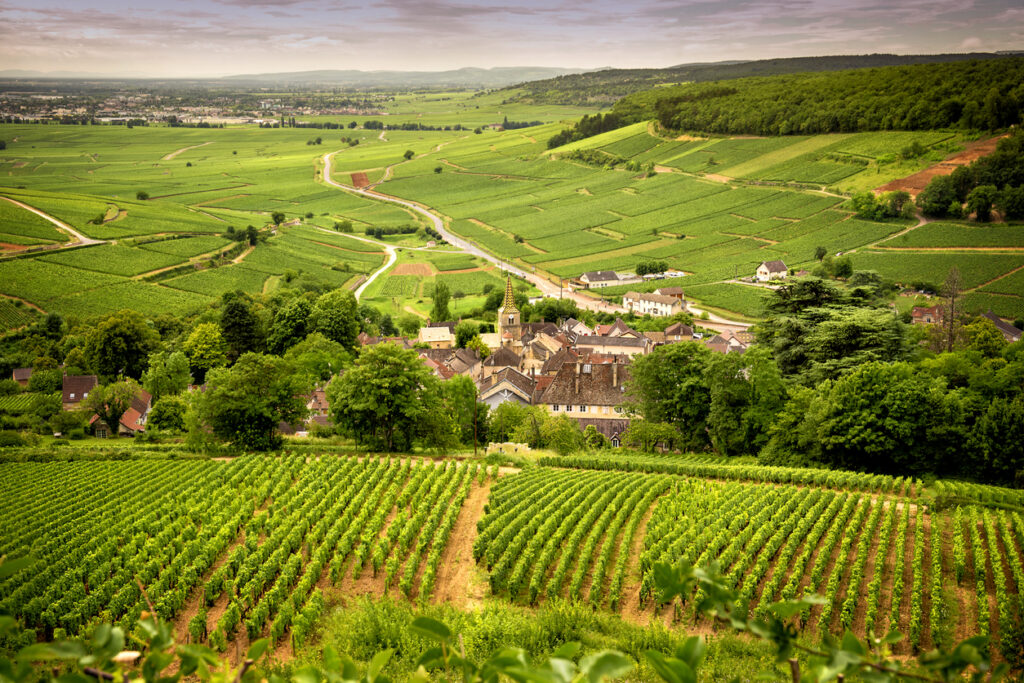
Willamette Valley, Oregon
The unique terroir of Oregon’s Willamette Valley, characterized by its cool climate and volcanic soils, has enabled the region to successfully cultivate and produce outstanding Pinot Noir since the 1960s. The Willamette Valley is well-regarded for its both earthy flavors and fruity Pinot Noir wines that showcase the grape’s versatility.
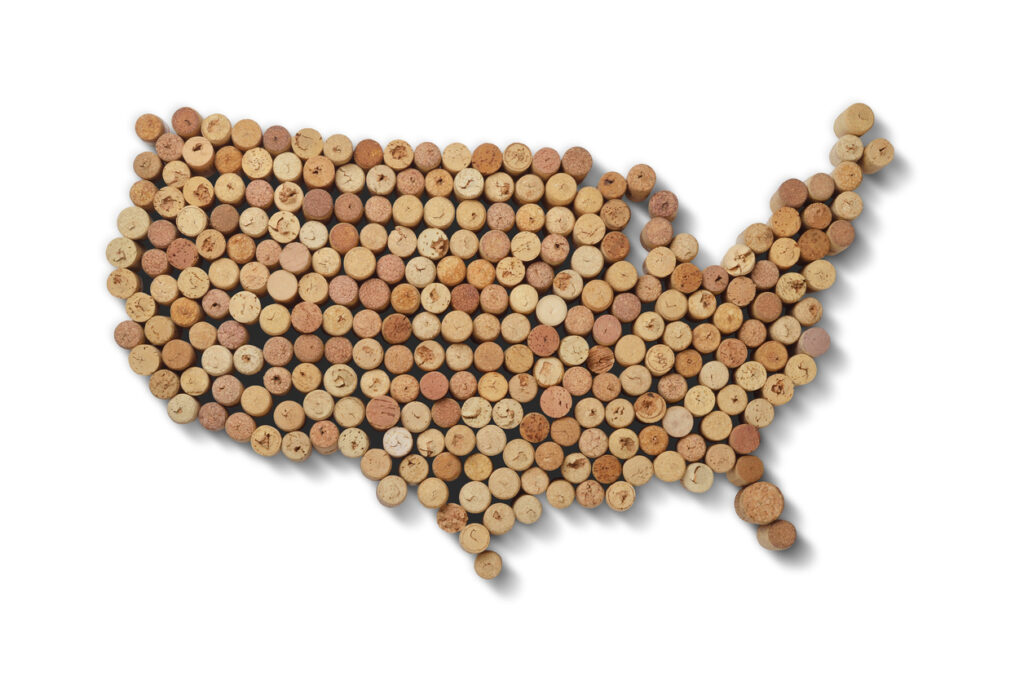
Central Otago, New Zealand
Situated in the southernmost part of New Zealand, Central Otago is the world’s most southerly wine-producing region. It has emerged as a top production area for Pinot Noir, known for producing vibrant wines with a notable intensity in both aroma and flavor.
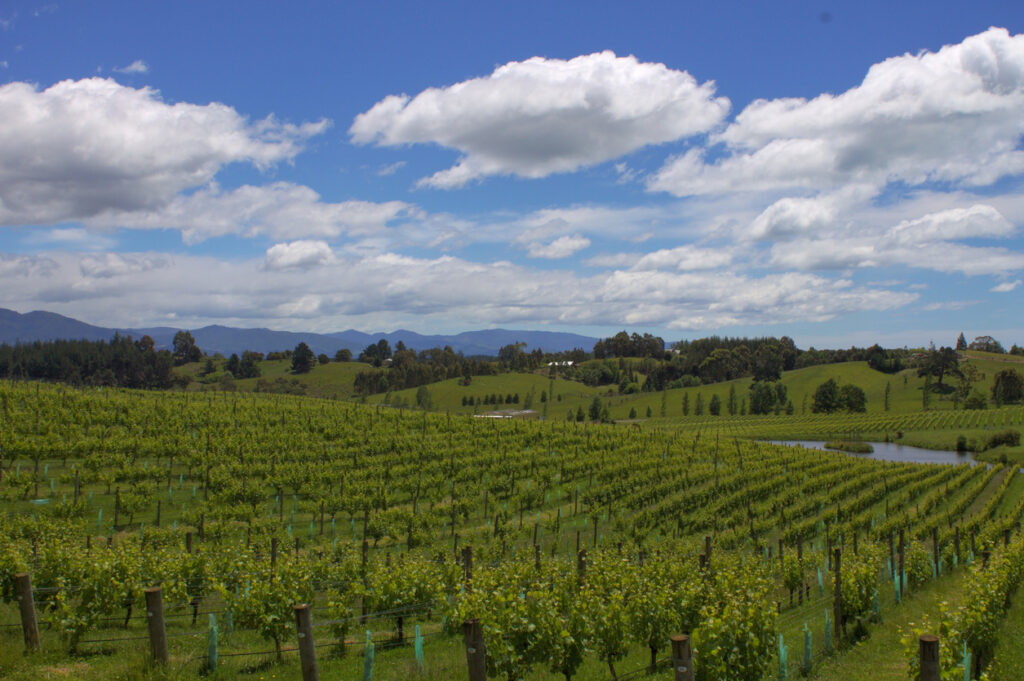
Carneros, California
As a cool-climate winemaking area, Carneros boasts the ideal conditions for Pinot Noir grapes. The region provides a long growing season that supports the development of rich, expressive Pinot Noir wines with a distinct cherry and red fruit profile.

Famous Merlot Regions
- Bordeaux, France: The birthplace of Merlot, Bordeaux is known for producing some of the finest and most expensive Merlot wines in the world. The region has a temperate maritime climate, with mild winters and warm summers, creating ideal conditions for growing Merlot grapes.
- Tuscany, Italy: Italian Merlot wines are known for their rich, silky texture and bold flavors. The region’s warm, Mediterranean climate and diverse terroirs contribute to the complexity and unique characteristics of the wines.
- Napa Valley, California: In the United States, Napa Valley is one of the premier regions for Merlot production. The warm, sunny climate and diverse soils of the region yield Merlot wines with ripe fruit flavors and soft tannins.
- Chile: Chilean Merlot wines are often characterized by their bright red fruit flavors, herbal notes, and smooth tannins. The country’s diverse climate and unique terroirs provide optimal conditions for Merlot grape cultivation.

Throughout its history, Merlot has proven to be a versatile grape variety that can produce a wide range of wine styles. From complex and structured Bordeaux blends to fruit-forward and full-bodied expressions in other regions, Merlot continues to hold a prominent position in the global wine market.
Famous Cabernet Sauvignon Regions
Bordeaux, France
Bordeaux is the birthplace of Cabernet Sauvignon and remains one of its most important growing regions. Here, the grape thrives in the well-drained soils and temperate climate, expressing itself in wines with flavors of cassis, tobacco, and dark fruits. Within Bordeaux, the appellations of Pauillac, Saint-Estèphe, and Saint-Julien are particularly famous for their Cabernet Sauvignon-based blends.
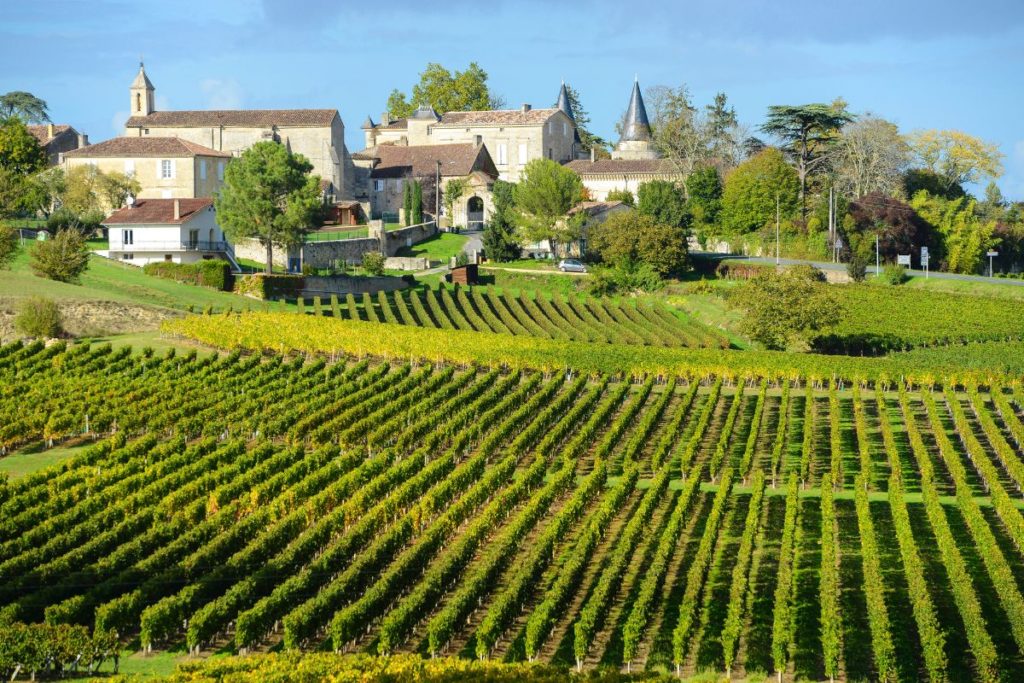
Napa Valley, California
The success of Cabernet Sauvignon in Napa Valley has played a significant role in establishing the region as one of the world’s premier wine-producing areas. With a warmer climate and longer growing season than Bordeaux, Napa Valley Cabernet Sauvignon wines tend to be more fruit-forward and higher in alcohol content. They often exhibit flavors of black cherry, ripe plum, and chocolate.
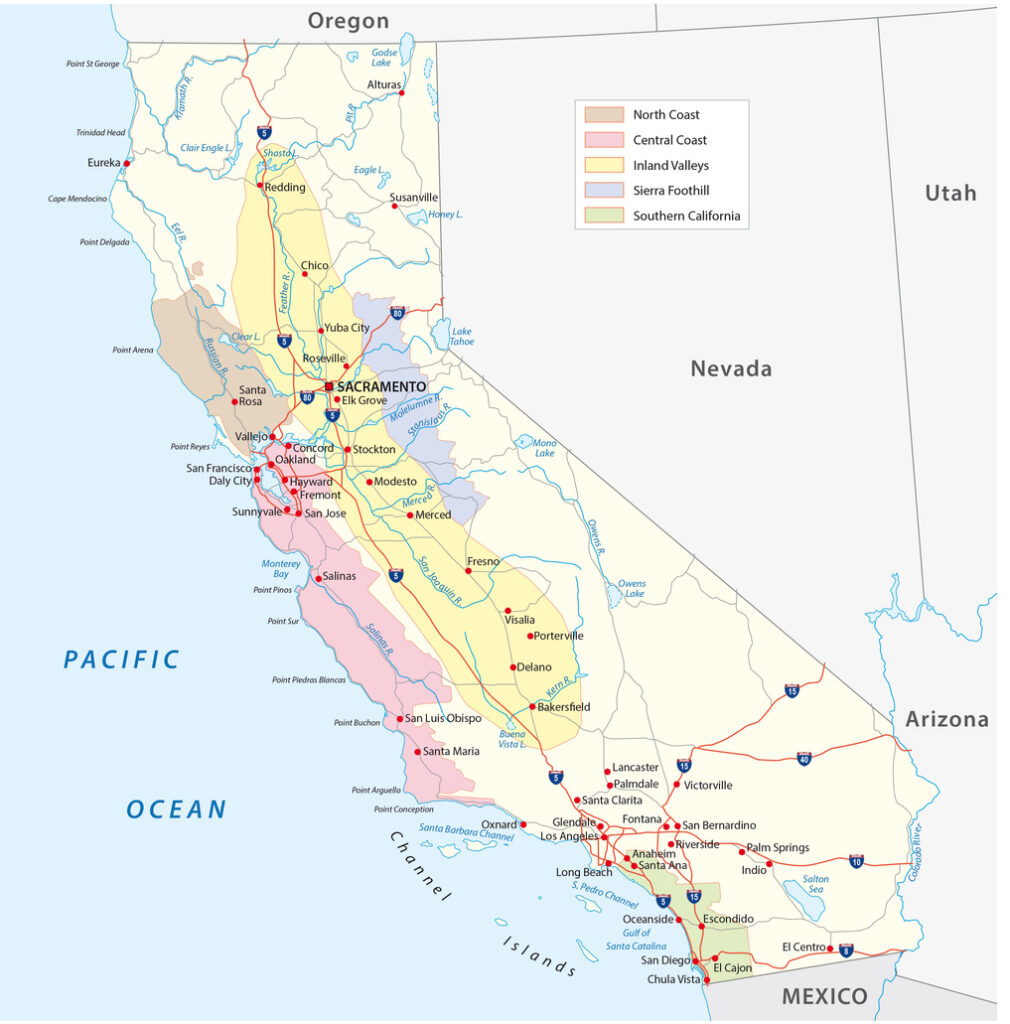
Coonawarra, Australia
Coonawarra is a small but important wine region in South Australia, known for its red Terra Rossa soils that contribute to the distinct character of red wine grapes in its Cabernet Sauvignon wines. The wines from this region are characterized by their elegance and finesse, showing flavors of blackcurrant, mint, and eucalyptus.

Maipo Valley, Chile
Located near the capital city of Santiago, the Maipo Valley is considered the birthplace of the Chilean wine industry and is known for producing high-quality Cabernet Sauvignon wines. The region’s Mediterranean climate, with its warm days and cool nights, allows for slow ripening of ripe fruit flavors and optimal flavor development. Maipo Valley Cabernet Sauvignon wines often display notes of red fruit, spice, and cedar.

These regions represent just a few of the many places in wine world where Cabernet Sauvignon has carved out a niche for itself and become a cornerstone of the local wine industry.
Taste Profiles of Pinot Noir, Merlot, and Cabernet Sauvignon
Pinot Noir
It is considered to be a light-bodied red wine with a high level of acidity, often regarded as smooth and fruity. The primary flavors in Pinot Noir can include red fruits like cherry, raspberry, and strawberry, followed by secondary notes of earthiness, such as mushroom, forest floor, and dried leaves.

Merlot
This red is a medium-bodied wine, known for its soft and velvety mouthfeel. It has a moderate level of acidity and tannins, making it approachable and easy to drink. Merlot typically showcases flavors of dark fruits like plum, black cherry, and blackberry, with hints of chocolate, herbs, and cedar.

Cabernet Sauvignon
Cab Sauv is recognized as a full-bodied wine with high levels of tannins, providing a bold and structured taste. Flavors of dark fruits such as black currant, cassis, and blackberry dominate the palate in dry wines, accompanied by tertiary notes of tobacco, leather, and green pepper. As a slow-aging wine, Cabernet Sauvignon often undergoes extensive oak aging, contributing to its rich and complex flavor profile.
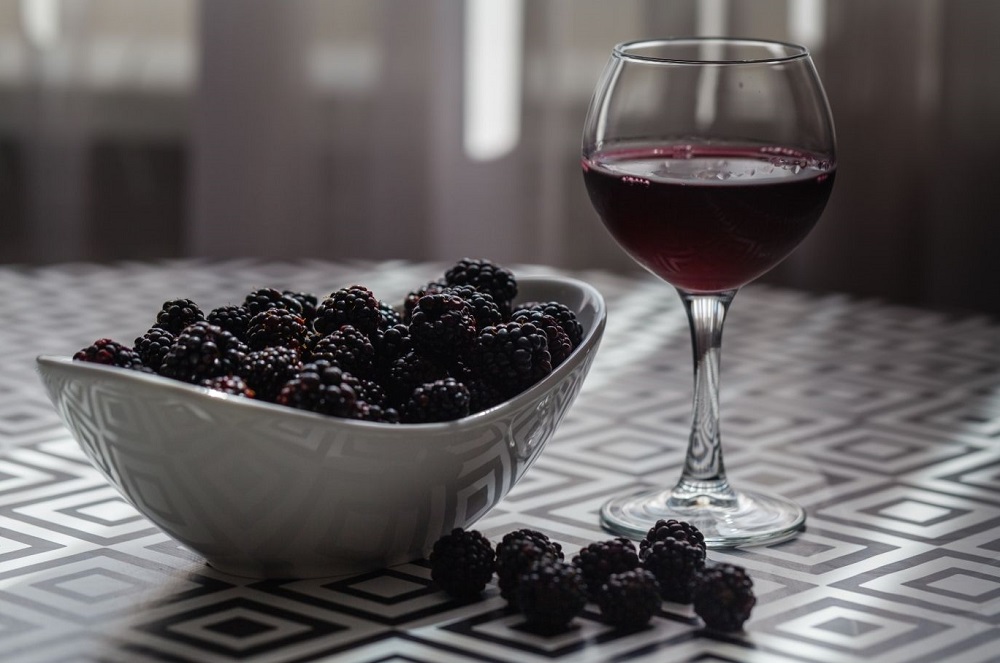
Pairing of Pinot Noir
Pinot Noir, a light-bodied red wine, is versatil. You can pair it with a wide variety of dishes. It goes particularly well with poultry such as chicken, turkey, and duck, as well as pork. Additionally, Pinot Noir complements mushrooms, earthy vegetables, and mild cheeses, making it a fantastic option for vegetarian dishes.

Merlot Food Pairing
Merlot, a medium-bodied red wine, also provides a diverse range of food pairings. Its soft tannins and fruity flavors make it a great match for dishes like grilled meats, including beef, lamb, and pork. Merlot also pairs well with tomato-based dishes. Good examples are pasta dishes and pizza, as well as roasted vegetables and hard cheeses.

Cabernet Sauvignon Food Pairing
In contrast, Cabernet Sauvignon is a full-bodied red wine with bold flavors. Its high tannins make it an excellent choice for pairing with rich meats, like steak, lamb, and game meats. This wine also complements dishes with strong flavors, such as roasted vegetables, aged cheeses, and dark chocolate.
Here’s a brief overview of some common food pairings for each wine:
Pinot Noir
- Poultry: chicken, turkey, duck
- Pork
- Mushrooms and earthy vegetables
- Mild cheeses
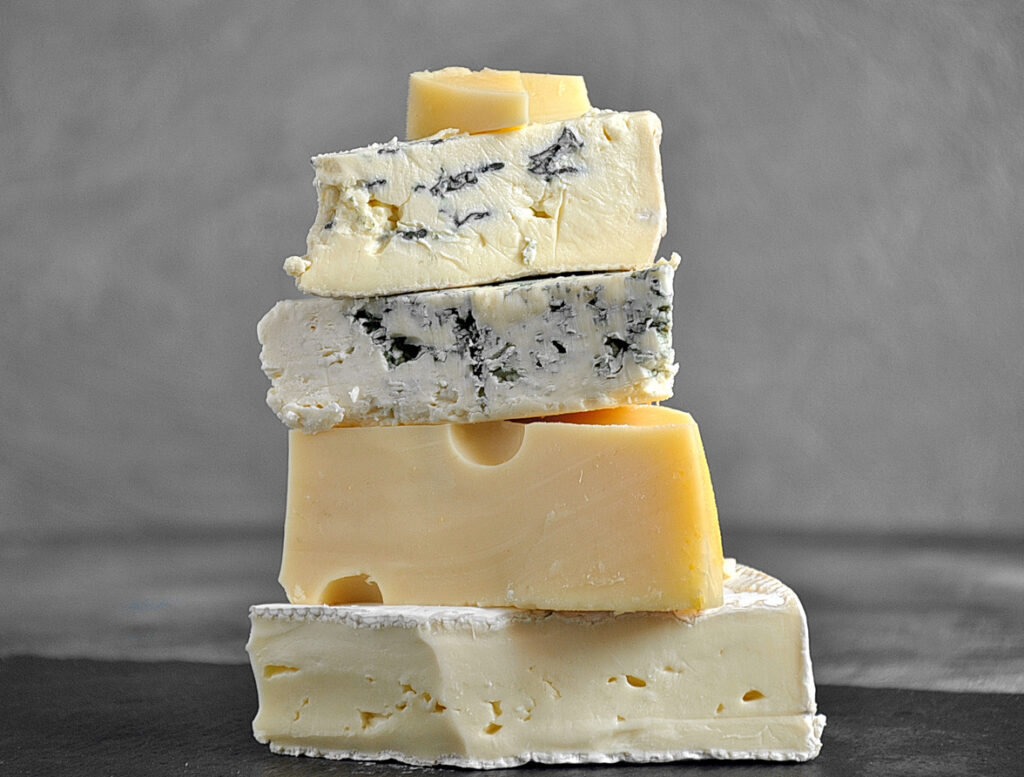
Merlot
- Grilled meats: beef, lamb, pork
- Tomato-based dishes: pasta, pizza
- Roasted vegetables
- Hard cheeses

Cabernet Sauvignon
- Rich meats: steak, lamb, game meats
- Bold-flavored dishes: roasted vegetables, aged cheeses, dark chocolate
Ultimately, finding the perfect food pairing for each wine comes down to personal preference, and experimenting with different combinations can lead to delightful culinary experiences.
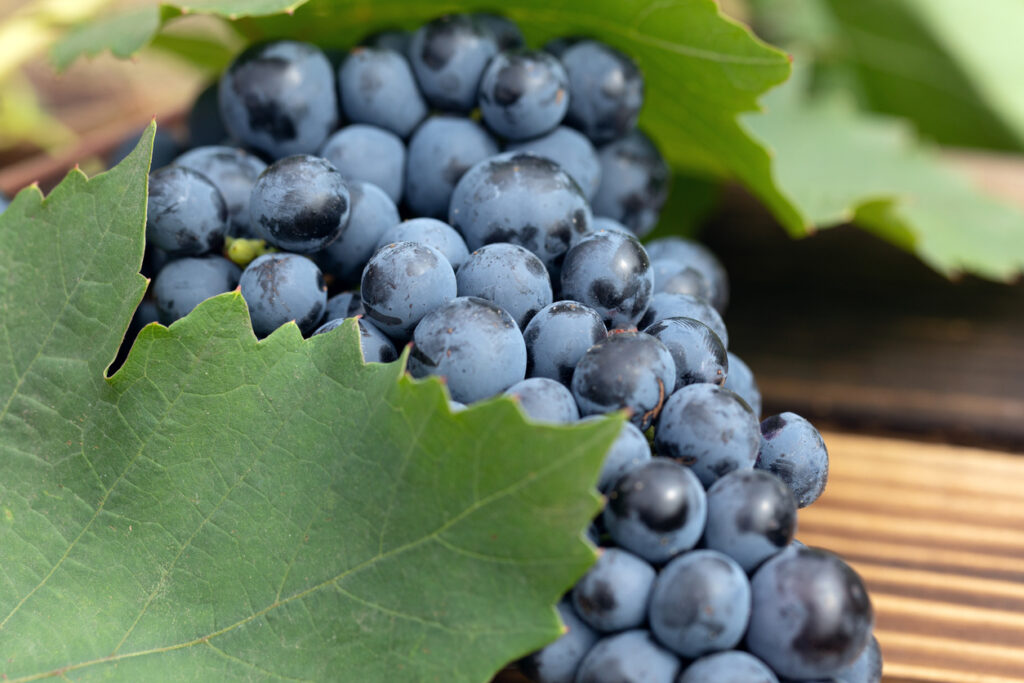
Production Process
Pinot Noir, Merlot, and Cabernet Sauvignon are all popular red wines that each have their unique production process. Understanding the nuances of these methods can provide a deeper appreciation for these wines.
Pinot Noir
Wine enthusiasts known this varietal for being a demanding grape to cultivate due to its thin skin, sensitivity to climate changes, and susceptibility to disease. Winemakers typically harvest the Pinot Noir grapes earlier compared to other varietals to preserve acidity and primary fruit flavors. After fermentation, the wine typically ages in oak barrels for a period of time to add softness and subtle oak flavors.
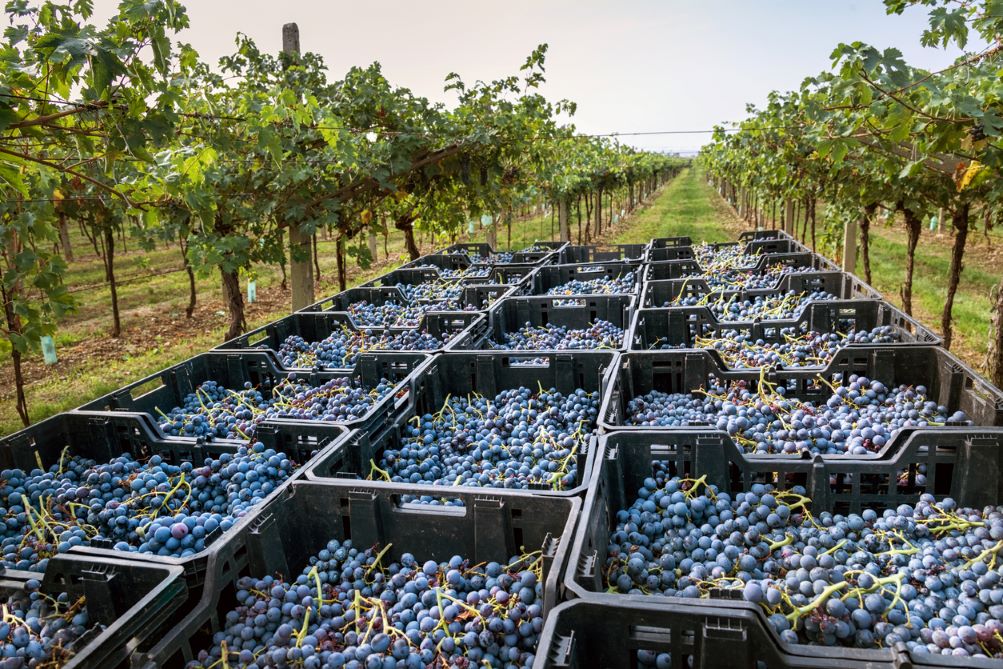
Merlot
These grapes have thicker skins than Pinot Noir, making them hardier and less susceptible to disease. The grapes are usually harvested later than Pinot Noir to achieve optimal ripeness. Merlot grapes are commonly fermented in stainless steel or oak barrels, depending on the wine tasting desired style.

Cabernet Sauvignon
The thick-skinned grapes are particularly resistant to disease and pests, allowing for consistent yields. After harvesting, the grapes undergo fermentation, often in stainless steel tanks or new oak barrels. Cabernet Sauvignon wines are usually aged in oak barrels for an extended period. This maturation process leads to the development of more complex flavors and smoother tannins.
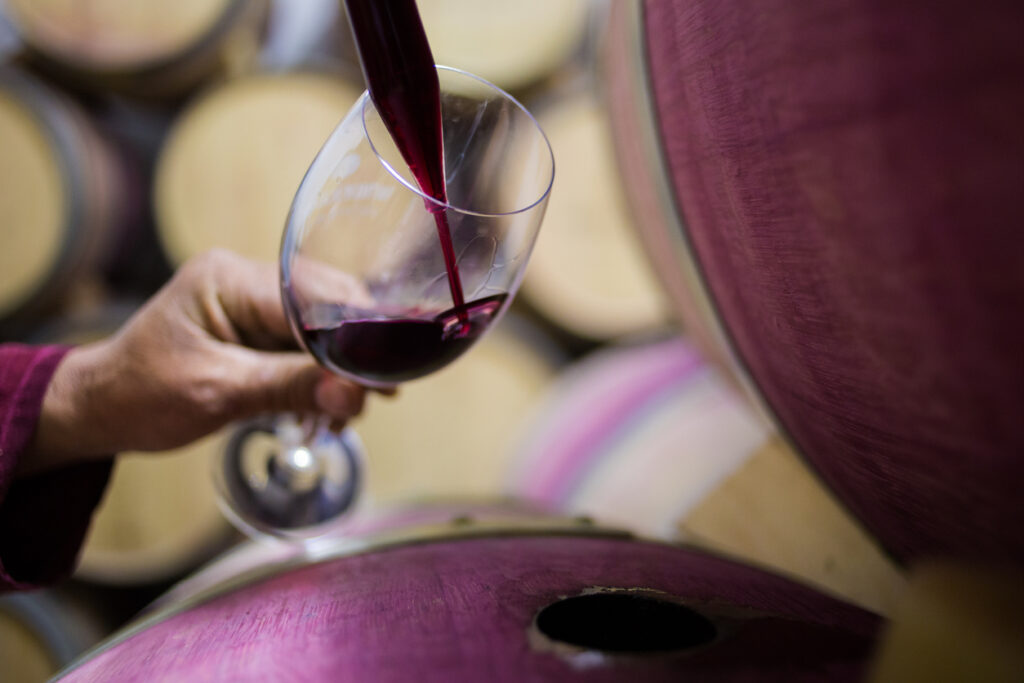
Choosing Your Wine: Price and Quality
When deciding between Pinot Noir, Merlot, and Cabernet Sauvignon, it’s essential to consider the price and quality of each wine type. Each of these red wines has different characteristics, making them suitable for various occasions and preferences.

Pinot Noir
Winemakers consider Pinot Noir as the most delicate and challenging wine to produce. This makes it generally more expensive than its counterparts. Since Pinot Noir is sensitive to temperature and soil conditions, it can be a risky investment for winemakers, resulting in a higher price tag.

Merlot
This varietal is more widely grown than Pinot Noir and typically offers a more affordable option. Merlot grapes have thicker skin and are more adaptable to different climates, allowing for more consistent production and a broader range of quality levels.

Cabernet Sauvignon
Cab Sauv is the most planted wine grape globally and often regarded as the “king” of red wines. While the average price for a bottle of Cabernet is moderate, the price range for this varietal is extensive, with some bottles reaching premium price points.

It’s essential to remember that the price does not always guarantee the quality of a wine. A more affordable bottle of Pinot Noir might suit a casual dinner. An exquisite and pricier bottle of Cabernet Sauvignon might be appropriate for a special celebration. Conducting research, reading reviews, wine tasting notes and engaging with knowledgeable wine professionals can help guide you in choosing the right wine for your taste and budget.
Conclusion
Pinot Noir, Merlot, and Cabernet Sauvignon are all popular red wine varieties, each with its own unique qualities and characteristics. While they share some similarities, such as being made from dark-skinned grapes and originating in France, these wines differ greatly in taste, aroma, and food pairings.

